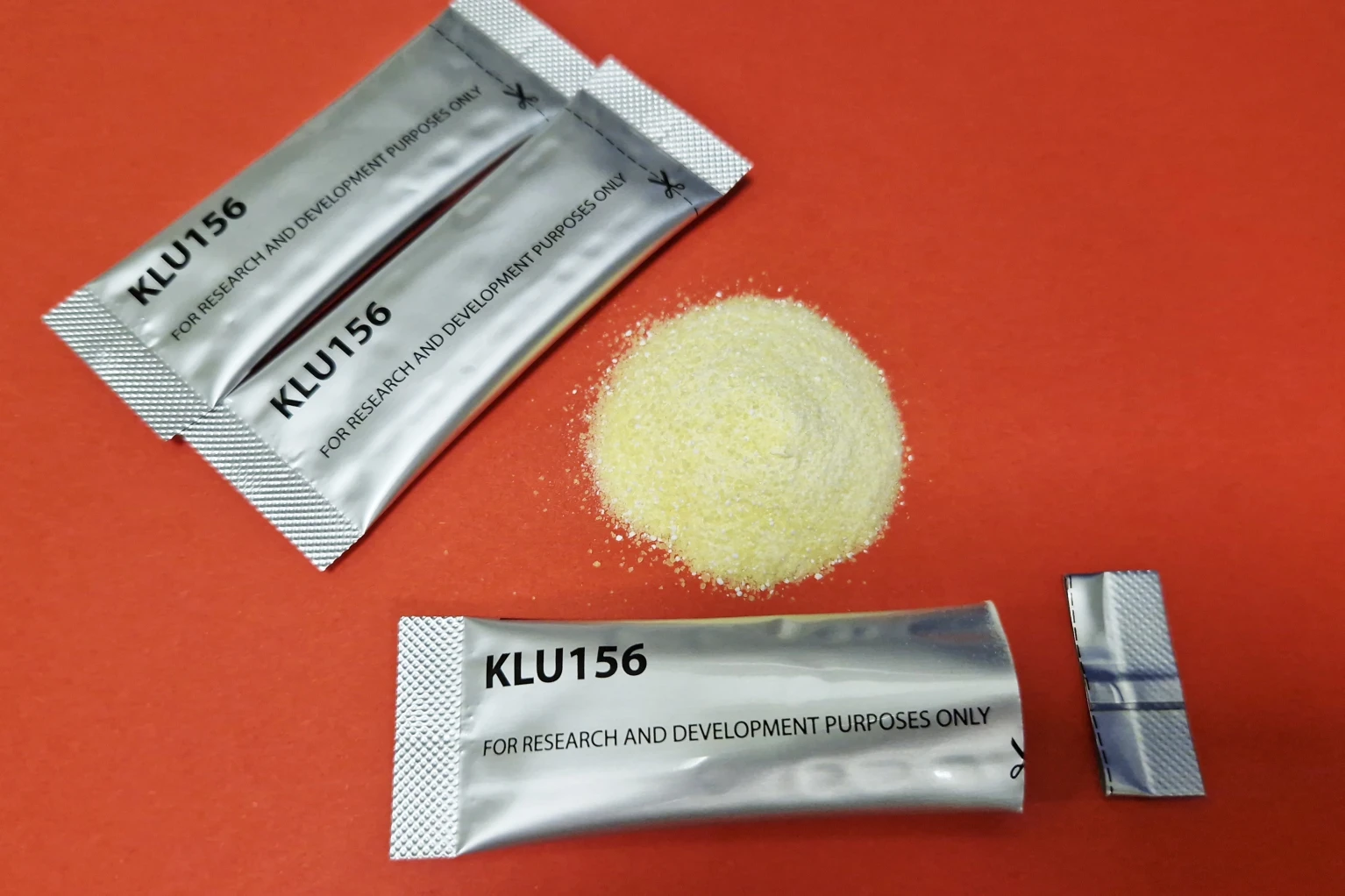
The sugar industry has manipulated scientific research on fluoride since the 1930s – exaggerating its benefits, suppressing concerns about serious side effects and shifting attention away from sugar’s role in tooth decay, according to a study published on Monday in the journal Environmental Health.
Internal sugar industry and dental organisation documents, analysed by the study’s author Christopher Neurath, detail how the sugar industry helped shape the public health policies that, for decades, touted fluoride as a “magic bullet” against tooth decay.
The documents also show how the tobacco and chemical industries later adopted those tactics.
Neurath, research director for the American Environmental Health Studies Project, told The Defender that his research builds on work by Dr Cristin Kearns. Kearns revealed how the sugar industry paid scientists to downplay links between sugar and heart disease and promote saturated fat as a risk factor.
The sugar industry – and the industrial food industry as a whole – “have played a huge role in manipulating not just the science, but the policy,” Neurath said of his findings. “I think this helps to show they are likely culprit No. 1 in the chronic disease epidemic.”
Controversy over water fluoridation exploded after plaintiffs won a landmark lawsuit against the Environmental Protection Agency (EPA) in September 2024. The ruling – now on appeal – compels the agency to set new rules for regulating fluoride in water because fluoride poses an “unreasonable risk” to children’s neurodevelopment.
Since then, numerous communities – and two states – have decided to stop fluoridating their water.
The “Make Our Children Healthy Again” strategy report, published earlier this month under the direction of US Health Secretary Robert F. Kennedy Jr, called on the EPA to review new science on fluoride’s potential health risks. The report also instructed the Centres for Disease Control and Prevention (CDC) to update its water fluoridation recommendations.
Despite the scientific findings exposing fluoride’s dangers, public health officials and pro-fluoride organisations like the American Dental Association (ADA), as well as most legacy media organisations, remain committed to the narrative that water fluoridation is safe, effective and necessary.
Neurath’s study traces the sugar industry’s influence on fluoride policy back nearly 100 years, through major research institutions, the ADA and US government programmes.
“Chris Neurath’s new article shows how the sugar industry used fluoridation as a smokescreen – a tactic that raises troubling questions about the science that supported it,” Dr Bruce Lanphear, an expert on the neurotoxic effects of environmental chemicals at Simon Fraser University in Vancouver, Canada, told The Defender.
“These findings make it imperative for dentists, physicians and public health authorities to urgently re-examine the risks and benefits of fluoridation,” he said.
Lanphear is the principal investigator in one of the seminal cohort studies linking maternal exposure to fluoridated water to cognitive deficits in their children.
The sugar industry began its campaign to shift attention away from sugar’s effects on dental health in the 1930s, when it funded the Sugar Fellowship, held by chemist Gerald Cox at the Mellon Institute of Industrial Research.
“The Sugar Fellowship was intended to produce evidence that would exonerate sugar from causing tooth decay (dental caries) or failing that, find ways to reduce caries without restricting sugar consumption,” Neurath wrote.
Cox studied the impact of sugar consumption on cavities in rats. In 1939, his flawed experiments – sometimes showing more decay in fluoride groups – led him to propose adding fluoride to drinking water.
Cox wrote major portions of a 1952 National Research Council report on the prevention of cavities that emphasised fluoride’s role. He never disclosed his links to the sugar industry. That work gave the industry its “magic bullet” against tooth decay, Neurath said.
In the decades that followed, the sugar industry quietly worked behind the scenes to use Cox’s flawed science to drive public health policy. In the 1940s, it created the Sugar Research Foundation (SRF).
In 1944, Fice Mork, son of the president of the New York State Dental Society, left his position as public relations counsel for the ADA to become SRF’s public relations consultant. That year, Mork and Robert Hockett, who directed SRF from its founding until 1953 – when he left to work for the tobacco industry — met with ADA executives who agreed to “cooperate” with SRF.
According to Neurath, Mork and Hockett persuaded the ADA to reverse its position on cavities. Instead of blaming cavities on nutritional deficiencies like excessive sugar consumption and vitamin D deficiency, the ADA began to promote fluoride as a solution for cavities. Mork and Hockett organised a 1944 symposium for thousands of dentists, without disclosing that SRF was funding the event.
“The symposium was an opening salvo in a public campaign to promote fluoride and fluoridation as the solution to prevent tooth decay,” Neurath wrote. The “founding fathers of fluoridation” gave presentations on its benefits, according to Neurath.
SRF paid to print and mail 100,000 copies of the symposium proceedings to every dentist in the US, and also to paediatricians, public health officials and dental schools.
Mork and Hockett also met with the new editor of the Journal of the American Dental Association, Harold Hillenbrand, who agreed to “unofficially” inform Hockett about the positions of various people inside the ADA regarding the policy shift toward fluoride.
Hillenbrand later became the executive director of the ADA and held the position until 1970.
During that same period, an executive from Kellogg’s – maker of sugary cereals – became chair of the ADA committee that set its dental health policy. The organisation stopped pushing to reduce sugar consumption and started pushing fluoride.
Philippe Hujoel, a professor at the University of Washington whose own research exposed conflicts of interest regarding fluoride at the ADA, said Neurath’s revelations “add a substantial number of details on how organisations hide/obscure/protect their internal deliberations, their internal conflicts of interest.”
He added: “Maybe more importantly, his report documents in detail the long, difficult and arduous process of trying to uncover what happens behind the walls of confidentiality of organisations. The amount of work done by Chris is astounding.
“Reading Chris’s article, I was reminded of a quote by Alberto Brandolini, a programmer: ‘The amount of energy necessary to refute bullshit is an order of magnitude bigger than to produce it.’ Chris’s work suggests it may be several orders of magnitude bigger.”
Hillenbrand was one of the first dentists to be elected to the Institute of Medicine (IOM), which raises questions about other IOM appointments, according to Hujoel.
“One wonders about all the other appointments at this Institute of Medicine and to what extent these appointments are partly responsible for the current diabetes epidemic,” he said.
Neurath told The Defender that the sugar industry’s deceptive tactics have been going on for so long that many dentists and public health officials who embrace the use of fluoride are “largely unaware of any industry manipulation of the science.”
“The sugar industry very consciously targeted dentists,” he said. “They went to the top of the dentistry profession and got the ADA on board,” and the leaders of the ADA “hid the fact that they were essentially cooperating with the sugar industry from practicing dentists.”
The sugar industry also targeted dental schools and universities, Neurath said.
At Harvard School of Public Health, Fredrick Stare championed the idea that water fluoridation would prevent cavities. He founded Harvard’s Department of Nutrition largely with donations from the sugar industry and Big Food, according to Neurath.
Extracted from one of Fredrick Stare’s hundreds of weekly syndicated newspaper column articles. Credit: Christopher Neurath.
Neurath also reveals evidence that the industry influenced the National Institutes of Health National Caries Programme, funded by Congress and launched in 1971 to fight tooth decay. He said the policy agenda for the programme used language written by the International Sugar Research Foundation, the SRF’s successor organisation.
Today, the influence of the sugar industry is embodied in the giant food and beverage corporations, including Coca-Cola, the largest purveyor of sugar globally. Neurath said it is “almost the equivalent of the sugar industry today.”
In 2003, Coca-Cola donated $1 million to the American Academy of Paediatric Dentistry, which has a “long-standing policy of promoting water fluoridation.”
More recently, as evidence emerged linking water fluoridation to reduced IQ in children, industry-backed scientists have gone on the attack.
Sugary food and beverage corporations, including Coca-Cola and Kellogg’s, contributed tens of millions of dollars to the National Academies of Science, Engineering & Medicine, which interfered with the publication of the National Toxicology Programme’s (NTP) seminal report linking fluoride to neurotoxicity in children.
As lobbyists within the ADA were working with government officials to block the release of the NTP report, a German organisation, International Life Sciences Institute (ILSI), published its own review of the science.
The review found “no cause for concern,” according to the press release that accompanied its publication, and has been touted by fluoridation promoters in their claims that water fluoridation is safe.
ILSI was founded by a vice president of Coca-Cola and has been funded by the beverage maker “along with a long list of major companies in the sugary foods, processed foods, infant formula, chemical, pesticide, oil and pharmaceutical industries,” Neurath said.
Documents obtained through Freedom of Information Act requests by plaintiffs in the lawsuit against the EPA revealed that the Oral Health Division of the CDC – the agency largely responsible for promoting fluoridation at the governmental level – privately met with the ILSI researchers for help in counteracting the NTP’s findings.
The ADA, together with organisations like the American Fluoridation Society and the American Academy of Paediatrics, continues a national campaign to push water fluoridation as safe and effective.
The organisations are quoted in The New York Times and proudly send pro-fluoridation representatives across the country to intervene when communities debate changing their water fluoridation policies.
Government records requests show that these activities include coordinating behind the scenes with government officials – in ways that violate rules of federal grants – and bullying local officials who raise concerns.
The evidence on fluoride’s benefits has changed and proof of its harms to children’s health is substantial, Neurath told The Defender. In October 2024, an updated Cochrane Review concluded that adding fluoride to drinking water provides very limited, if any, dental benefits, especially compared with 50 years ago.
Overwhelming scientific research shows that fluoride’s benefits to teeth are topical, not the result of ingesting fluoride. Research also shows that ingesting fluoride is linked to behavioural issues, disruption of thyroid functioning and disruption of the gut microbiome.
Numerous recent studies have shown fluoride’s links to reduced IQ and other neurodevelopmental issues in children.
Many major professional medical organisations have quietly dropped their previous long-term support for water fluoridation. These include the American Cancer Society, American College of Obstetricians and Gynaecologists, American College of Physicians, and the American College of Preventive Medicine.
The ADA did not respond to The Defender’s request for comment on the study.
- A Tell Media report / By Brenda Balaetti / Republished with the permission of The Defender








